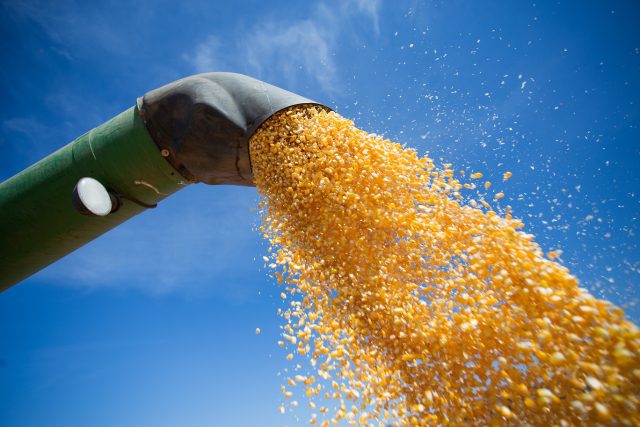Excessive rainfall makes it difficult to manage pesticides and leaves soybean crops vulnerable to disease and pest attacks in Mato Grosso. One concern is the stink bug, an insect that causes significant damage to both the oilseed and corn, increasing crop costs in some regions.
In the municipality of Lucas do Rio Verde, for example, the above-average water volume delays the soybean cycle by almost ten days on the farm of producer Daniel Schwartz. In addition, it also compromises the implementation of cultural treatments on the crop.
“Since the soybean cycle has lengthened, it stays green in the field for longer and, consequently, it needs more care, and with the cloudy and overcast weather, the entries are delayed. Thus, there is an increase in pests, especially stink bugs. Controlling them has to be done early on, because if you miss the application time, your applications end up being even less efficient,” he explains. According to him, two applications of products are usually made on his crops to mitigate the pest, but currently these applications are doubled. As a result, the cost of soybean production increases. “This will be the most expensive harvest in history. The weather is difficult to work and the producer is anxious and worried”. The exchange rate of corn for fertilizers for the 2023/24 harvest in Mato Grosso is more attractive for farmers. According to the Mato Grosso Institute of Agricultural Economics (Imea), the number of bags of grain needed to acquire one ton of some macronutrients is up to 26% less than a year ago. As planting work begins on the more than 7.4 million hectares destined for the 2022/23 harvest, corn producers in Mato Grosso are already seeing the opportunity to start planning the acquisition of inputs for the next season. Imea’s analysis takes into account the parity price of corn in July 2024, the grain harvest period, with the price of inputs in December 2022.
Reduction in international prices
According to the Institute, urea, ammonium sulfate (SAM) and Map showed drops of 4.31%, 19.98% and 26.81%, respectively, compared to the 2022/23 harvest.
“This reduction was justified by the decline in input prices on the international market, due to the greater supply of products and weaker demand during this period”, points out Imea in its weekly corn bulletin.
Source: Canal Rural

